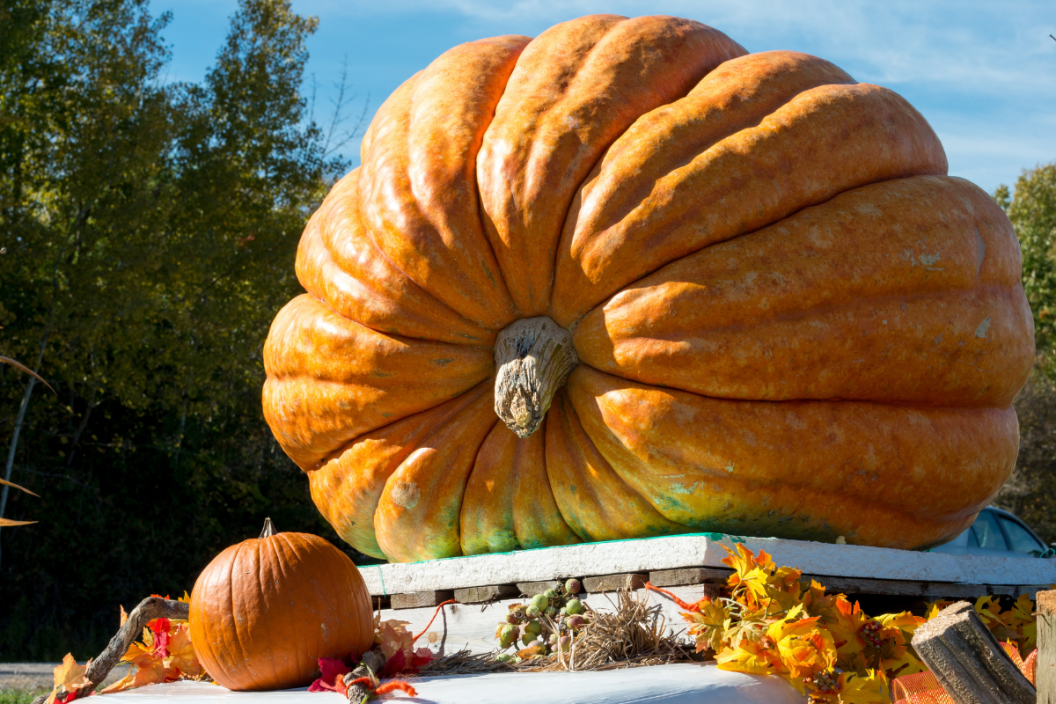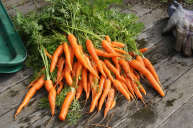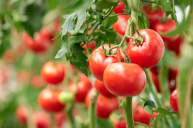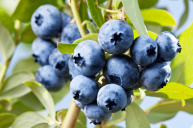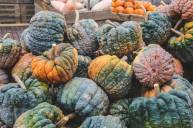My favorite part of the state fair was always the giant pumpkin contest. Walking through the rows of ginormous pumpkins with their varying shapes and sizes, I always wondered how one grew a pumpkin, anything really, to be so gigantic. As intimidating as these giant gourds look, it turns out you don't have to be an expert farmer or pumpkin fanatic to grow a huge pumpkin to learn how to grow large pumpkins- you just need space, time and dedication.
Videos by Wide Open Country
Choosing a Spot
The most obvious thing you need to grow something huge is enough space. To grow a huge pumpkin, you need about 1,000 square feet. The pumpkin itself might not grow to this size, but pumpkin vines need a lot of space to spread out.
Plant pumpkin in a spot with long hours of full sun, and start preparing the site the fall beforehand by adding in organic matter like leaf litter and compost. Some pumpkin growers will plant a cover crop like clover, oats or rye to add organic matter. To make sure the soil has the right pH, it's a good idea to do a soil test in the fall.
Based on what the soil test says, pumpkin growers might need to apply lime and fertilizer throughout the growing season to get the pumpkins as big and healthy as possible. When planting, keep in mind that giant pumpkin vines need about 2 pounds nitrogen, 3 pounds phosphorous, and 6 pounds potash for every 1,000 square feet of growing space.
It's also a good idea to use mulch to keep weeds out. If using summer mulching materials, it's recommended to use extra nitrogen, which you can make by mixing a tablespoon of ammonium sulfate, calcium nitrate, or nitrate of soda for one bushel of mulch. Or, you can simply use a fertilizer high in nitrogen instead.
Starting a Seed
A good seed to use is Howard Dill's Atlantic Giant seeds. Before planting your giant pumpkin in the yard, you'll need to start the pumpkin seed indoors in early spring, around the end of April. These should go in 12-inch peat pots. They should be transplanted outdoors when the first true leaf has developed, about 10 to 14 days after it's been seeded. If the last frost is yet to come, they can be protected with a cold frame or floating row cover.
It's also best to protect your young pumpkins from the wind. These should be placed on the plants most susceptible to southwest winds until mid-summer, when the pumpkin roots should be strong enough to withstand wind.
Caring for Your Pumpkin
Pumpkins need to be watered slowly, with at least 1 inch of water each week, if there isn't much rainfall. During hot summer days, they'll need more. Water your pumpkin plant in the morning or early afternoon so that it's dry by the evening. Trickle irrigation is the best option, but one can also use soaker hoses or overhead sprinklers. Just keep in mind that wet foliage increases the chance of diseases like powdery mildew, so it's best to water in a way that won't leave your pumpkins wet for too long.
If you live in a very hot or sunny area, your pumpkin could get too much sun as it grows bigger. To prevent this, make a sun shade out of a lightweight material like burlap or a white bedsheet.
Another factor in growing a huge pumpkin is pruning the vines and roots. When your growing pumpkin is the size of a normal pumpkin, curve the vine about 90 degrees from the fruit. Then, about 2 to 3 feet away from the pumpkin, curve it back to the direction it was growing.
Pollination
To get that giant pumpkin you see at the state fair, you need to use pollination. Hand pollination works, or natural pollination by bees is a good option. On main vine pollinations, most pumpkins are grown about 15 feet from the root stump.
When growing a large pumpkin, it's best to only allow about 5 pumpkins to grow on each plant. Once they've reached about the size of a normal, jack-o-lantern pumpkin, trim to just one pumpkin so that your giant one won't have to compete for nutrients. Prune away any fruits or flowers that develop so that your plant puts all of its energy into become a ginormous pumpkin.
Harvesting and Moving Your Pumpkin
After about 130 days, your pumpkin should be ready for harvest. If it's under 400 pounds, it can be moved with a tarp, a pickup truck and some friends. However, bigger ones might need a lifting frame and tractor or trailer to be moved to the weigh-in. Enjoy your giant pumpkin as a testament to your growing skills, or bring it to a contest to see if it's a prizewinner!
